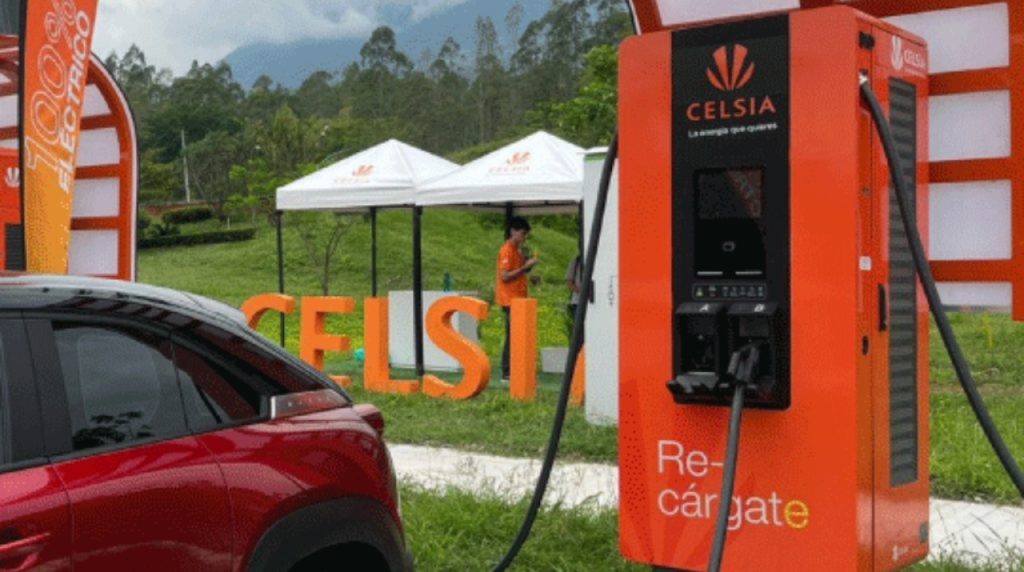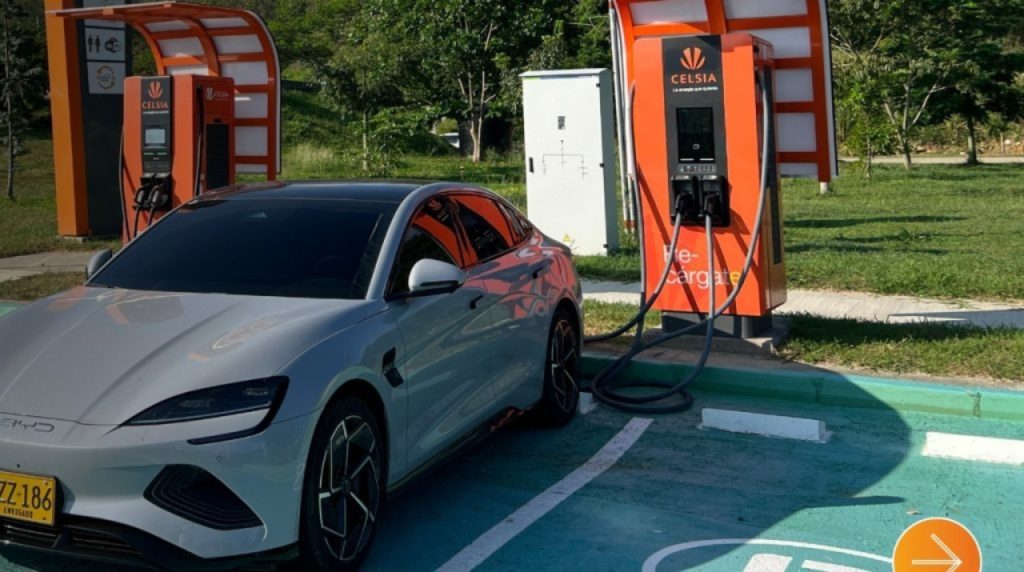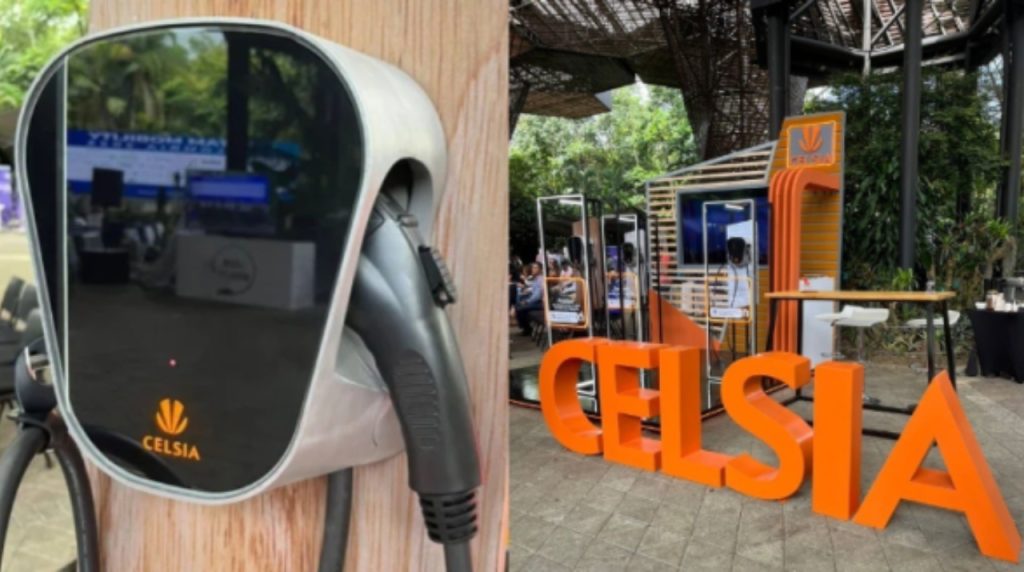Various goals in sustainable mobility have been set for 2030 and 2050 in Colombia and much of the world. Reducing carbon emissions has become a challenge that involves multiple sectors, with one of the initial steps being the acquisition of a hybrid or electric vehicle.
In this context, regarding challenges related to electrical infrastructure, Celsia focuses on scalability, a need that is increasingly evident in the current context of growing adoption of electric vehicles.
Thus, one of the main challenges they face is how to adapt distribution networks in residential areas, where the arrival of multiple electric vehicles demands greater capacity from these networks.
Related Content: enerBit: Celsia’s 100% Digital Energy Company

The main concern lies in ensuring that these infrastructures are capable of supporting the increase in energy demand, avoiding possible overloads or failures.
Growth
The growth of electric mobility presents significant challenges in the field of mass transportation, as this sector also requires scalable solutions that allow for a robust and reliable energy supply to support a greater number of electric vehicles in circulation.
Here, Celsia emphasizes the need for strategic planning that considers the increase in demand in residential areas and broader transportation systems, factors that the company addresses in a timely and efficient manner.

Finally, Celsia recognizes that the transition towards greater electrification, driven by the proliferation of electric vehicles, requires a rethinking of electrical distribution networks, addressing current needs and anticipating future increases in demand.
The key, according to the company’s perspective, lies in developing scalable solutions that allow for an orderly and efficient expansion of the infrastructure, thereby ensuring a reliable energy supply at all levels.







